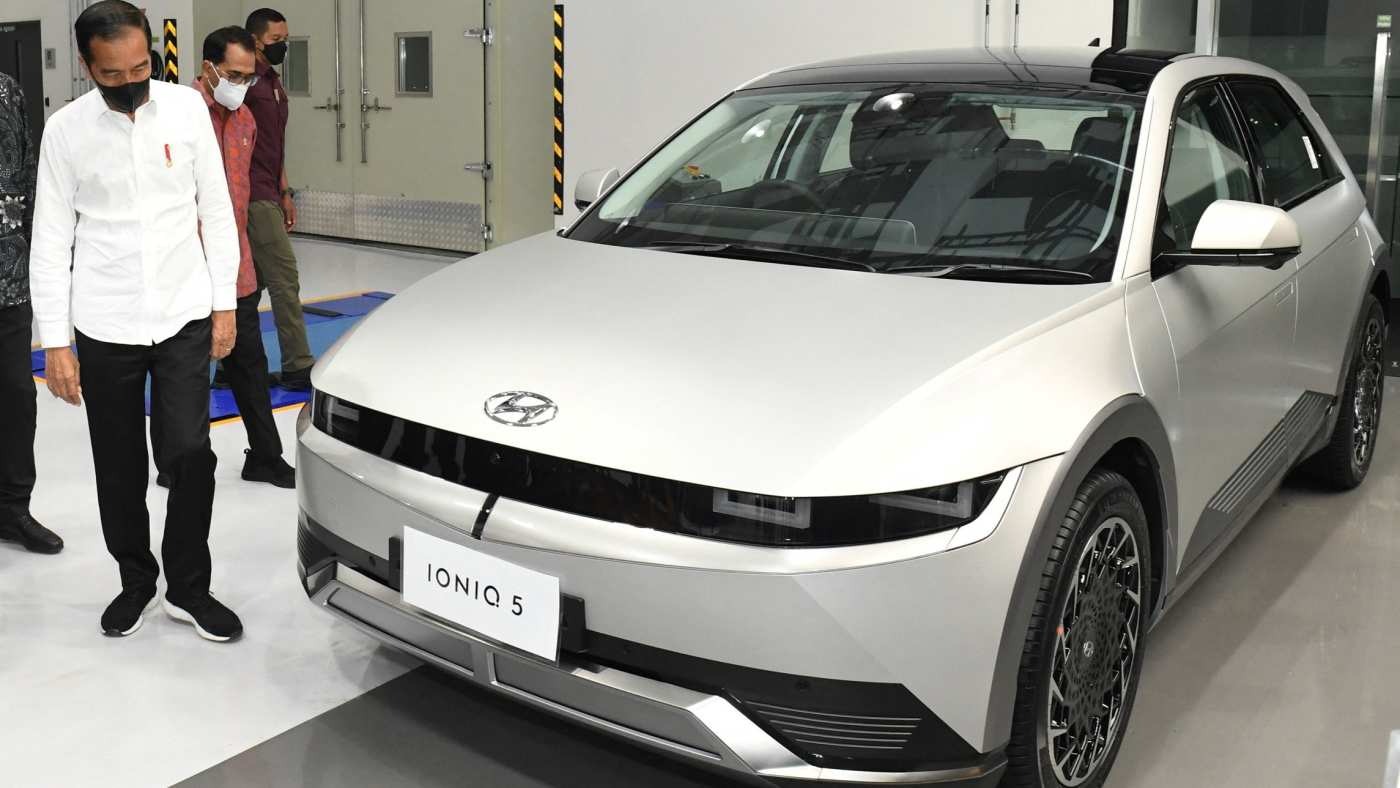The inside scoop on the Asia tech trends that matter, from Nikkei Asia and the Financial Times
Greetings from Hong Kong. Over the past week, I’ve been following developments in the Chinese electric vehicle industry. The European Commission opened an investigation into China’s EV subsidies on September 13th, warning global markets are flooded with artificially inexpensive Chinese EVs boosted by huge state subsidies.
Looking at the data, China’s EV sector has indeed benefited heavily from government support for years, though whether Brussels will ultimately impose tariffs is unclear. Commission President Ursula von der Leyen said she wished to keep communication open with China, and stressed the probe isn’t about decoupling but de-risking.
China isn’t alone in leveraging subsidies to shape the EV market. France recently announced a policy leaving most if not all China-made EVs ineligible for subsidies.
The intensifying battle for EV dominance is having other effects too. International auto shows are becoming less international as countries focus domestically. And the scramble for battery materials is leaving countries like Indonesia struggling to achieve EV goals.
In chip news, join our upcoming webinar with “Chip War” author Chris Miller and other experts to uncover the untold stories of the global semiconductor battle. Register and submit questions.
Stuck in the middle
Indonesia aspires to become a major EV battery producer rather than just a raw materials provider. But its dreams are being dashed by the very competition it hoped to leverage, reports Nikkei Asia’s Erwida Maulia.
Indonesia is the top nickel producer but lacks lithium. Officials are hunting for reserves globally, but China controls much of today’s lithium supply as it pursues its own EV ambitions.
US attempts to build domestic EV capacity are also hitting Indonesia. Incentives in the Inflation Reduction Act exclude countries lacking US trade deals, like Indonesia. The act also excludes “foreign entities of concern,” including China – bad news for Indonesia given major Chinese investment in its battery industry.
Under Huawei’s hood
Huawei has developed its own processors for its latest smartphone, reducing dependence on foreign technology amid US sanctions, reports the Financial Times’ Qianer Liu.
With this move, Huawei joins an elite group of companies capable of designing smartphone chips, analysis of the Mate 60 Pro shows.
The phone’s “system on a chip” features four Huawei-designed CPUs alongside four CPUs using Arm’s designs, per sources and Chinese tester Geekerwan. It also has a GPU and NPU developed by Huawei, cutting licensing costs and differentiating its products.
Huawei’s approach mirrors Apple’s Silicon initiative – slowly improving Arm’s architecture for performance gains. Only a few firms can afford the complexity and cost of custom chip development.
But testing shows Huawei’s capabilities lag one to two years behind Qualcomm, the top mobile chipmaker.
By the numbers

China’s EV subsidies are shrouded in secrecy, with details unavailable in official data. But disclosures from listed companies offer insights.
Using a database of over 5000 mainland-listed firms, Nikkei Asia’s Kenji Kawase charted the top government subsidy recipients this year. Half were EV-related, with battery giant CATL at number one with 2.85 billion yuan. State automaker SAIC Motor took third, receiving over 2 billion yuan.
While the scale of China’s EV subsidies may be debatable, local automakers and related companies have clearly benefited for years.
Warfare 2.0
Contrary to expectations, heavily armed Russia has struggled in its invasion of Ukraine, partly due to new technologies changing warfare, report Nikkei’s Takayuki Tanaka and Takeshi Kumon.
From cardboard drones to open-source combat analysis, Ukraine’s battlefield has become a testing ground for new tech. A volunteer “IT army” has launched cyberattacks on Moscow away from the frontlines.
As Ukraine defends itself, governments and defense firms worldwide are taking notes, gathering data that could shape future capabilities.
Lessons are already being learned. Japan, for instance, is improving early-warning radar and communications to prepare for contingencies like a cardboard drone attack from China.



